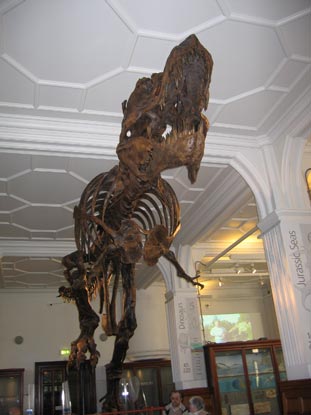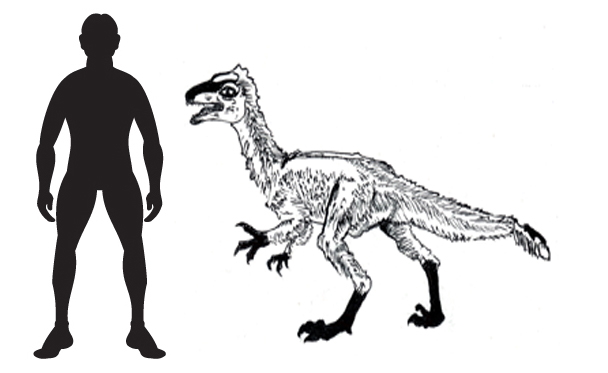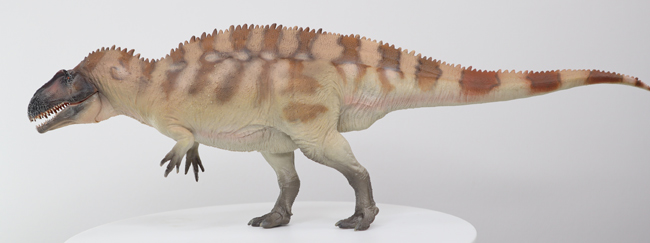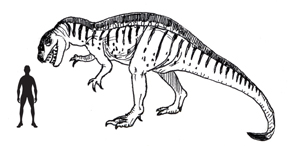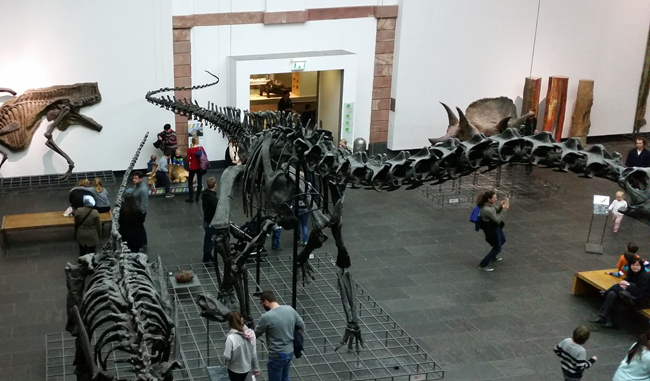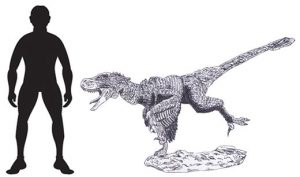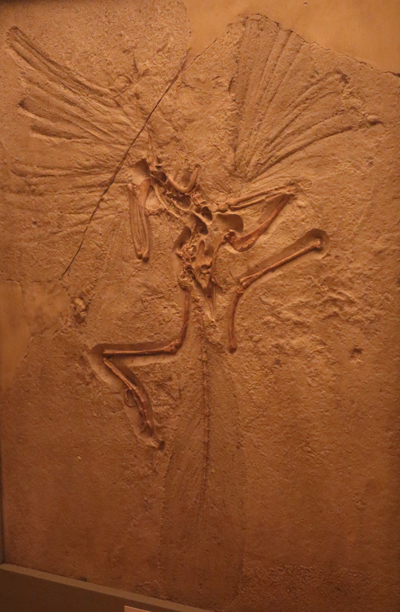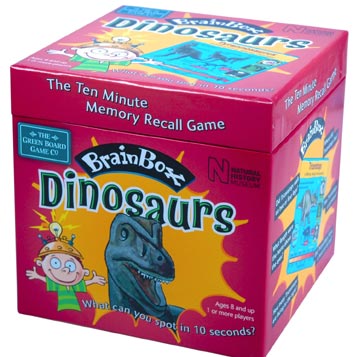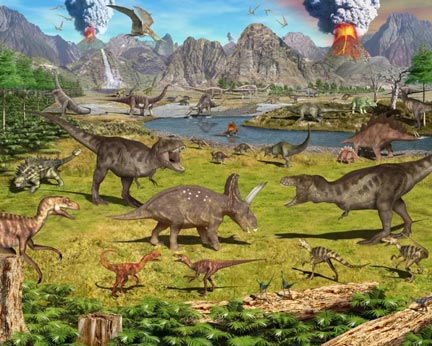Shedding Light on Human Ancestry – Ardipithecus ramidus
Older than Lucy, the famous australopithecine found at Hadar (Ethiopia), a new ape-like creature has been unveiled by scientists from the University of Berkeley, California. The very few early hominid and ape fossils dating back from 3 million years to 6 million years ago makes calculating the human lineage very difficult.
After seventeen years of careful research by the American team, aided by colleagues and associates from Ethiopia, this new species Ardipithecus ramidus is likely to ask more questions than it provides answers. The new papers, a series of publications relating to the work on this skeleton have been published this week, the team conclude that our human ancestors may have looked much less like chimpanzees than previously thought.
Of the higher apes, it is the chimpanzee that is believed to be our closest living relative. Approximately, 6-7 million years ago the human lineage split from the apes, however, the family tree for hominid evolution is not well understood and the relationships between genera and species is the subject of a great deal of debate amongst anthropalaeontologists.
Ardipithecus ramidus is certainly a contender for the earliest fossil hominid known to date along with the proposed sub-species Ardipithecus ramidus kadabba however, the interpretation of the fossil evidence and the conclusions made have led to a lot of debate as to whether these fossils represent a human ancestor or a sub-branch that became extinct on the ape/human family tree. Fossils of A. ramidus were found in Ethiopia in the 1990s, they include teeth, arm bones, elements of the skull and the pelvis, plus material from the legs. The fossils have been dated to around 4.4 million years ago.
Discussing the research carried out on A. ramidus, Professor Tim White, the Director of Berkeley’s Human Evolution Research Centre has suggested that the gap between hominids and apes as we know them was already wide 4.4 million years ago. The implications are that today’s extant species of ape such as the chimpanzee may only be slightly helpful in trying to understand our most primitive ancestors.
The first fossil fragments of this new species were found in 1992 in the Middle Awash region of the Afar Depression in Ethiopia. This region is associated with a number of early hominid fossils. In common with most other dig sites, the fossils of the first individual were nick-named, the name chosen – “Ardi”. At least, 1.2 million years older than Lucy the fossils of A. ramidus provide scientists with an opportunity to go back further into the past to research the origins of the human family.
In total, fossils of more than thirty individuals of this species have been excavated, although they are all fragmentary and this makes interpreting the fossil evidence very difficult.
One of the team’s main conclusions in the published scientific papers is that the last common ancestor between humans and modern apes, an as yet, undiscovered species that would have lived between 6-7 million years ago, must have already acquired key human characteristics. This challenges one of the views held by scientists regarding the evolution of early hominids – that our most distant ancestor was essentially a chimpanzee “knuckle walking, tree climbing” ape.
At a press conference held yesterday, Professor White explained:
“With Lucy, [Australopithecus afarensis], you’re only halfway back to the split. Now with the illumination Ardipithecus throws on this issue, one can see that not only has the human line been evolving dramatically over the last six million years; for the same 6-7 million years, the chimpanzees have been evolving”.
Ardipithecus ramidus
Pictures show an artist’s impression of the most complete skeleton of Ardipithecus known, these remains are believed to be female. This species stood a little over one metre tall.
If our ancestors had more human-like traits, characteristics and behaviours much earlier than previously thought, then studies of modern extant apes with their tree climbing habits and knuckle walking may not necessarily be part of the hominid evolutionary path.
Professor White added:
“We’re no longer forced to rely on that modern, highly evolved reference species of chimps and other apes, when we have hard data from the deep past, and that is what Ardipithecus has done”.
The research team’s work remains controversial. Many anthropalaeontologists think that Ardipithecus is actually much more ape-like than the later Australopithecines like “Lucy”. They point to evidence such as thin tooth enamel, a large canine tooth and the interpretation of the arm bones that concludes the elbow could be “locked” into position, a pre-adaptation for tree climbing. Some scientists have argued that Ardipithecus is not simply ape-like but is actually an ape and is not an ancestor of hominids.
However, other researchers point to the human-like characteristics of some aspects of Ardipithecus anatomy. For example, the lack of a “honing facet” on the lower pre-molar tooth (the next tooth to the back of the mouth next to the canine). In extant apes, this tooth is ground against the canine in the upper jaw and helps keep the canine sharp and dagger like. All known apes have this feature, but hominids do not. Controversially, the new research gives Ardipithecus an upright, bipedal stance. This form of locomotion and the position of the pelvis in the fossil skeleton reconstruction is debated by some scientists who state that the evidence for this form of human-like walking is circumstantial.
“Ardy” and “Lucy”
Commenting on the dentition (the teeth), the Berkeley based research team conclude that due to the small size of the canines found in association with the other fossils of this species, this indicates that males were living co-operatively with females and helping to raise young. A case is put forward using an interpretation of the fossil evidence to indicate evidence of a social structure.
For Donald Johanson, the discoverer of “Lucy” back in 1974 and one of the founders of the Institute of Human Origins at Berkeley, the work on this new species is extremely important in helping to piece together the origins of mankind.
Describing the work of the research team as “exemplary” he went on to state:
“the team’s initial interpretations will undoubtedly generate widespread debate” and described the research as “terribly important for all of our thinking about human origins”.
Donald Johanson went on to state that there must have been “very rapid evolutionary change” for the human form to transform so quickly from the “Ardi” to the “Lucy”. Whilst “Lucy” dates from 3.2 million years ago, scientists are aware that her species, Australopithecus afarensis dates back as far as 3.8 million years.
The Safari Ltd Evolution of Man Box Set
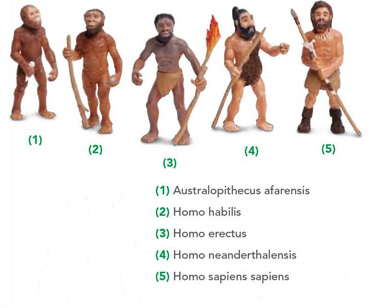
Tracing our evolution. The Safari Ltd Evolution of Man model set highlights key land marks in the origins of our own species.
To view the Evolution of Man model set and to see the rest of the models and figures in the Safari Ltd prehistoric range: Wild Safari Prehistoric World Models and Figures.
The University of Berkeley team have been praised for the way in which they involved Ethiopian scientists in the research. In a continuation of this co-operative approach, press conferences announcing the team’s initial findings were held simultaneously in Washington and Addis Ababa, the capital of Ethiopia. The Ethiopian ambassador to the United States attended the Washington event and thanked the team for their work and for their willingness to help Ethiopian scientists and raise the profile of Ethiopia as a country of fine academic abilities and not just a dig site.



